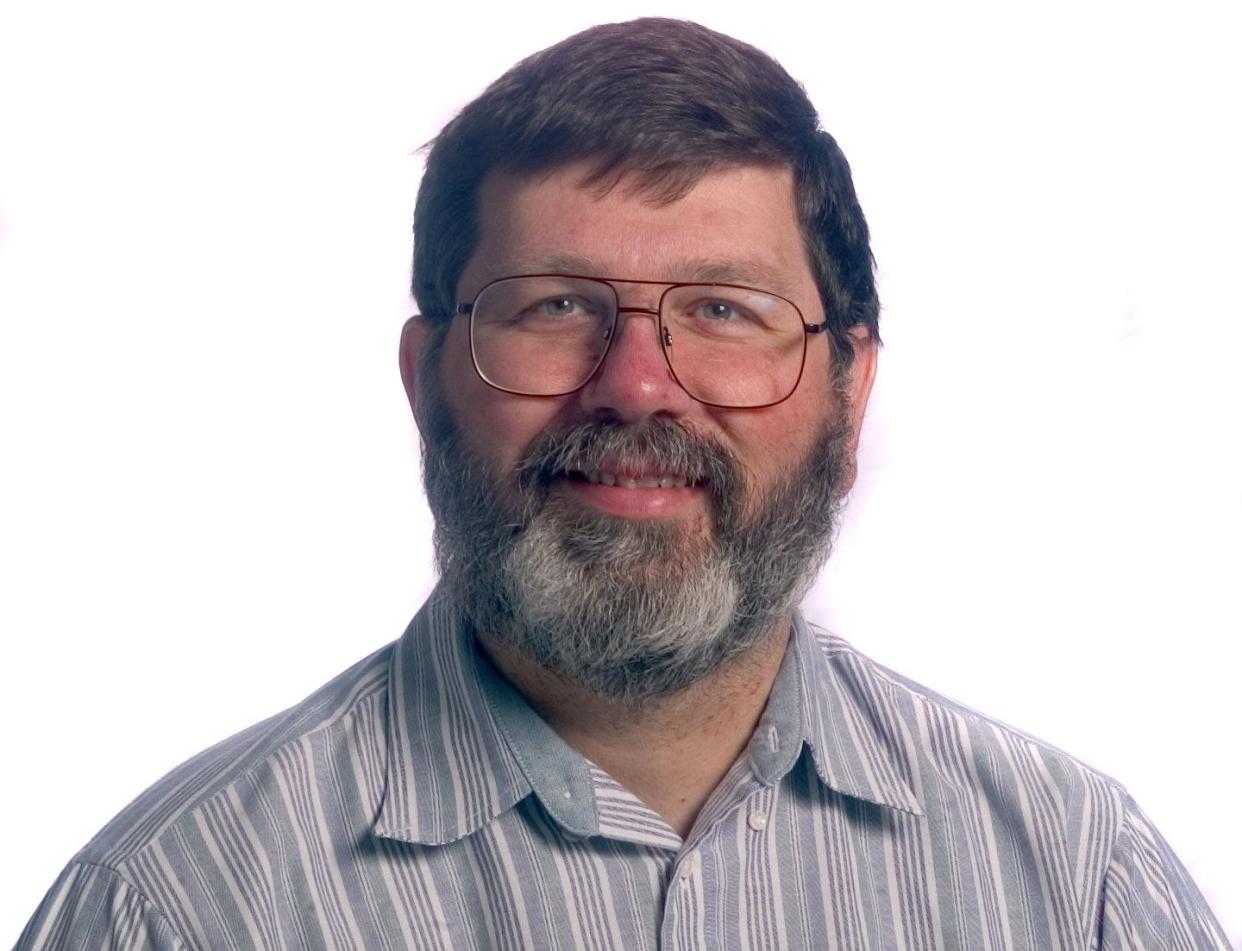Yes, you can find freedom in music. Here's how.

The recent celebration of Martin Luther King Day had me ruminating about freedom.
I don’t normally think about freedom in music unless it is a patriotic song or freedom is used in the lyrics. After all, those of us writing music are too concerned about following the rules of good writing.
Looking back, I think my first real recognition of freedom in music came when I was in high school and commuting to play in the local university orchestra with my violin teacher, a cellist. We were doing a Hungarian dance.
The conductor used an interpretation that was different to me than how I read the music. I rarely have heard other orchestras do it the same way.
His study of the music allowed him the freedom to help us interpret it in a different way. This form of freedom is interpretive freedom of the black dots sprinkled across the page.
The next freedom I remember learning was called rubato. This word is derived from the Italian word for “to rob.”
To employ rubato in music means that one quickens and slows a tempo to be more expressive. In a love song, you might use rubato quickening to show ardor and rubato slowing to show tenderness.
It is this gentle quickening and slowing that give the piece its character. Rubato will drive a strict tempo person bonkers. But it is the director or performer using their freedom with tempi to make a statement.
Looking back, freedom came in another form that I didn’t realize was a freedom. The fermata (you may call it a hold or the bird’s eye) is a freedom to be taken in music.
Just how long is musically good to hold something? Again, the performer/conductor has some freedom.
Hold it too short and the dramatic effect of the music may be lost. Hold it too long and you lose the audience’s interest or you get an unintended effect of humor (like a Bugs Bunny cartoon).
A related freedom is the caesura (a short pause) and grand pause (a longer pause). A caesura is a cessation of sound to add emphasis to a statement. A grand pause is longer and used for more dramatic effect, like before the final Hallelujah in Handel’s so-named chorus.
Total silence and then the final resolution. The difference between fermata and caesura is sound or no sound. Silence is part of music, as my choir director reminded us about a recent selection.
As a conductor, I have the freedom to interpret music as my studies of the score may indicate. As a composer, I try to give hints at what was going on in my head as I jotted the notes down. As the performer, I try to take all the hints of the composer, the guidance of the director, and my knowledge and being to create a satisfying performance.
That is how I give my spirit the freedom to soar as I live a slave to the muse.
Richard Tiegs took a break from his practicing music for the “Camelot” pit orchestra to share his thoughts on freedom.
This article originally appeared on Iowa City Press-Citizen: Yes, you can find freedom in music. Here's how.

